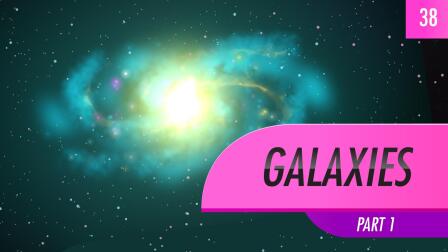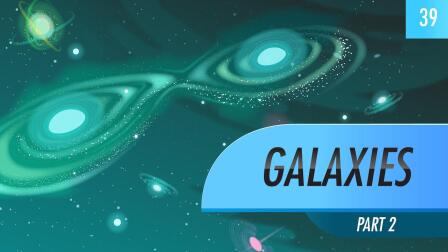Back to Show
Crash Course Astronomy
Low Mass Stars: Crash Course Astronomy #29
Season 1
Episode 29
Today we are talking about the life -- and death -- of stars. Low mass stars live a long time, fusing all their hydrogen into helium over a trillion years. More massive stars like the Sun live shorter lives. They fuse hydrogen into helium, and eventually helium into carbon. When this happens they expand, get brighter, and cool off, becoming red giants.
Support Provided By

11:09
Phil gives the course a send off with a look at some of his favorite topics.

15:00
Our Universe’s days are numbered.

12:21
Thanks to the wonders of physics, we can map a timeline of the universe’s history.

11:08
Most of the universe is made up of a mysterious entity that pervades space: dark energy.

13:09
Thanks to observations of galaxy redshifts, we can tell that the universe is EXPANDING!

11:45
Today on Crash Course Astronomy, Phil dives into some very dark matters.

13:51
The discovery of gamma-ray bursts is an epic story.

15:20
Active galaxies pour out lots of energy.

11:51
Galaxies contain gas, dust, and billions of stars or more.

10:59
Today we’re talking about our galactic neighborhood: The Milky Way.

12:01
Astronomers study a lot of things, but nebulae might be the most beautiful of them all.

10:21
Last week we covered multiple star systems, but what if we added thousands to the mix?











